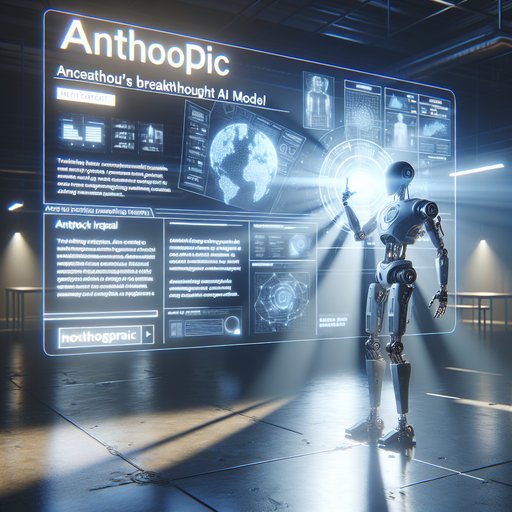
Astronomers are celebrating an extraordinary cosmic discovery, as NASA announced that its famed Hubble Space Telescope and Chandra X-ray Observatory have captured a rare event rarely witnessed in the universe: a unique black hole consuming a star. This collaborative observation offers invaluable insights into the extreme environments where black holes and stars intersect, deepening humanity’s understanding of some of the universe’s most dramatic phenomena. The teamwork between these two cutting-edge telescopes demonstrates yet again how multi-wavelength astronomy can unlock the mysteries of cosmic violence in faraway galaxies [1].

A pivotal moment has arrived for the field of gravitational wave research, as legislators weigh the prospects of cutting funding to a branch of science that has achieved historic breakthroughs in the past decade. Scientists and policymakers alike are closely watching budget negotiations amid concerns that proposed reductions could hinder further progress and innovation. As national spending plans are hashed out, supporters of the field highlight the far-reaching implications of these decisions, while budget hawks push for a reevaluation of funding priorities.

Telecommunications technology made headlines this week as Chinese operators showcased a working 6G network that shattered previous data transmission records. This demonstration, in which researchers achieved ultrafast download speeds far beyond current 5G capabilities, highlights the rapid pace at which global connectivity continues to evolve. With the industry just beginning to roll out advanced 5G devices, these promising developments signal a new chapter in mobile communications—one that could reshape everyday experiences and digital infrastructure in the years ahead.

The cybersecurity landscape experienced significant turbulence as multiple revelations surfaced on July 25, 2025. Organizations worldwide are responding to a series of high-profile incidents, most notably a newly disclosed zero-day vulnerability in Microsoft SharePoint actively exploited by sophisticated attackers. These events have placed a spotlight on the urgency of improved cyber defenses, rapid patching, and policy action to counter escalating threats ranging from data breaches to ransomware campaigns.

Global equity markets continued to experience notable volatility as July 25, 2025 unfolded, but optimism prevailed among investors. Buoyed by renewed trade deals and marked gains from high-profile companies, the S&P 500 marked fresh record highs, while the Dow Jones and Nasdaq followed with strong showings of their own. As investors weighed solid earnings anticipation with sector-specific pressures, a handful of stocks and strategic moves stood out during the week’s turbulent trading, reflecting both the forces propelling markets upward and the lingering uncertainties keeping volatility at the forefront.

This week, stirring displays of civic activism across multiple countries underscored the enduring momentum of global democracy and human rights movements. From Ukraine to Togo and Germany, citizens have taken to the streets to demand accountability, challenge authoritarian power structures, and affirm their commitment to democratic principles, despite facing heightened risks and government pushback. Recent protests and legal developments, highlighted by visible outpourings of support for transparency, anti-corruption, and minority rights, suggest a resilient optimism among campaigners, laying the groundwork for further advocacy and reform.

The latest round of corporate earnings reports, released on July 25, 2025, reflected a dynamic and often unpredictable business environment. Major companies in technology and science delivered decisive quarterly results, leading to notable movements in stock prices and investor sentiment. Alphabet and Thermo Fisher Scientific both exceeded market expectations, showcasing the resilience of sectors fueled by innovation and organizational agility. By contrast, Tesla’s report highlighted ongoing challenges, underscoring the shifting fortunes in a rapidly evolving market landscape [1] [2] [3].

On July 24, 2025, the international climate policy landscape reached a pivotal juncture as the United Nations’ highest court began deliberating the responsibilities countries bear in addressing climate change. This move follows years of persistent advocacy from small island nations, whose existence is acutely threatened by rising sea levels and damaging weather extremes. As the world contends with escalating climate-related crises—most recently, widespread disruptions in global food prices due to exceptional weather events—this legal milestone signals a renewed urgency and hope that clear global obligations may lead to more enforceable agreements and coordinated action on climate change.

On July 24, 2025, the artificial intelligence community is abuzz as Anthropic’s revolutionary AI model continues to redefine what is possible in automated coding. Released the previous summer, this advanced system has steadily gained recognition for its remarkable proficiency in code generation and problem solving, marking a pivotal shift in both AI capability and developer productivity. As technologists and companies explore its far-reaching influence, this innovation stands as a testament to the rapid evolution of artificial intelligence and its transformative impact on robotics and software engineering [1].

A recent shift in the United States' approach to Ukraine under President Trump has sparked widespread discussion concerning the future of U.S.–European Union relations. This change arrives at a pivotal moment for transatlantic security, with European allies closely watching how American policy adjustments may impact collective support for Ukraine. As the conflict continues to demand international attention, both sides of the Atlantic are re-evaluating their strategic priorities, aiming to preserve unity while adapting to new diplomatic realities.




























